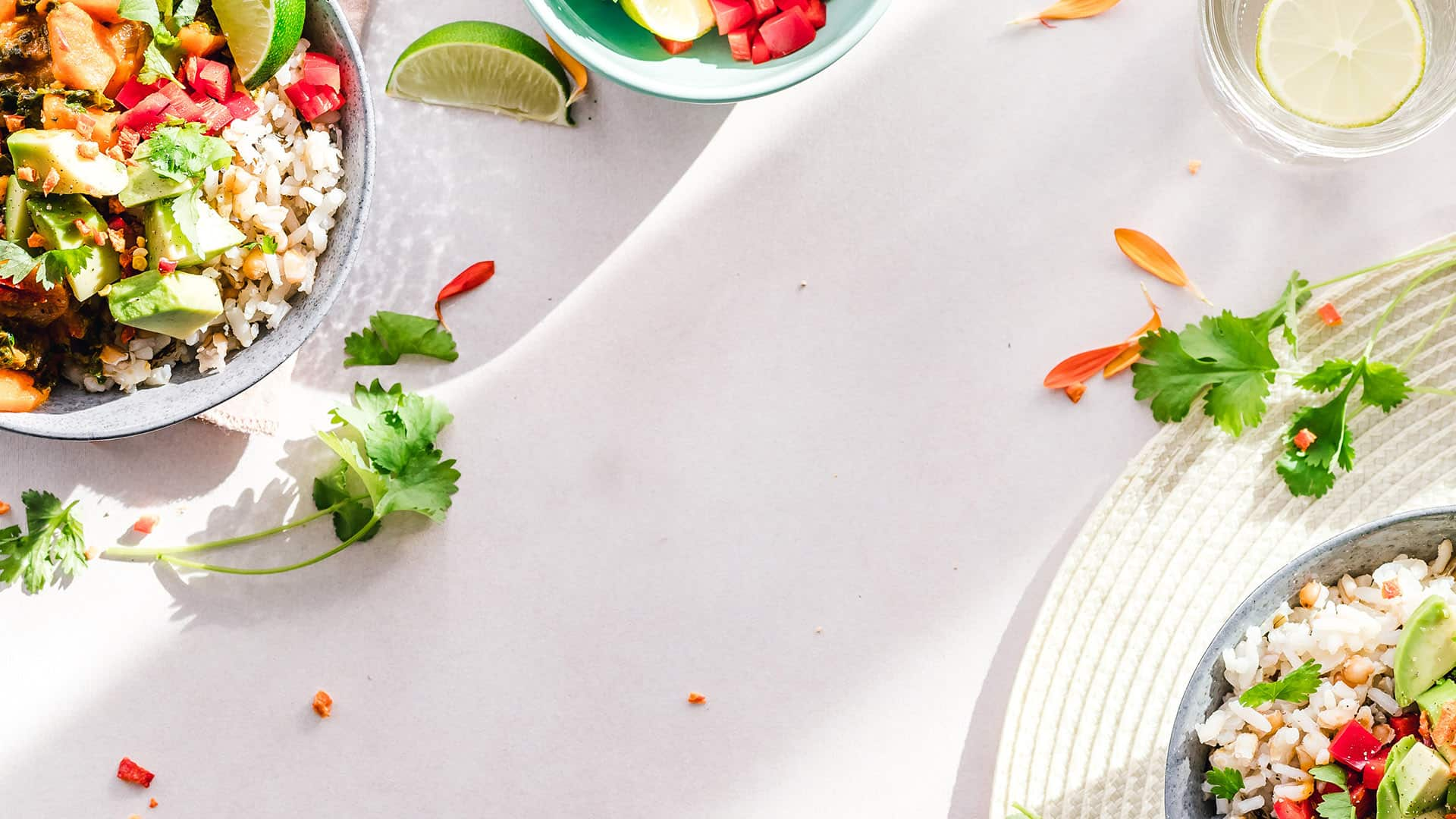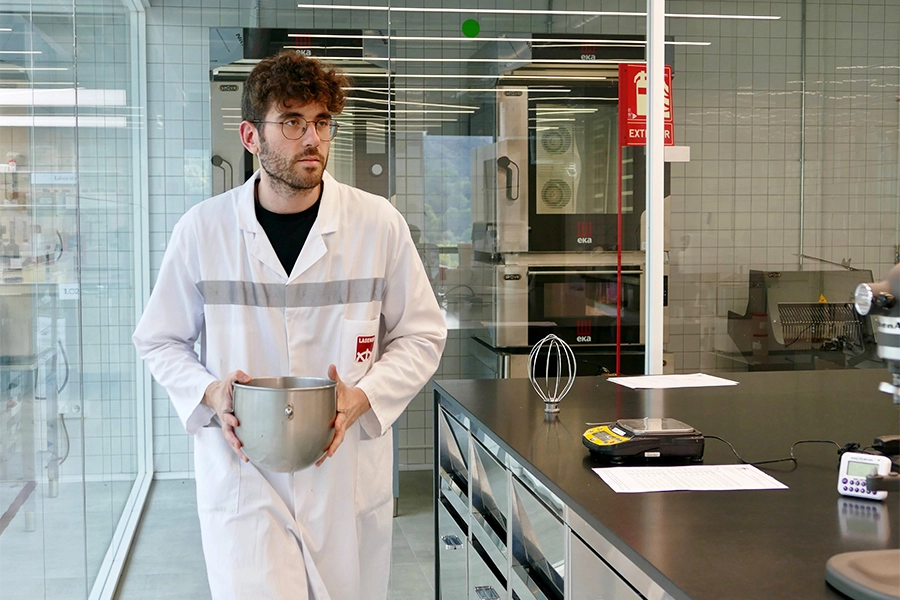

Impossible Foods eyes growth with flexitarian focus and flavor-first strategy
Impossible Foods is aiming to carve a stronger position in the evolving plant-based meat industry with a strategy focused on flexitarians, product innovation, and better taste. In an interview with the Wall Street Journal, CEO Peter McGuinness detailed how the company plans to stand out in a category that has seen consumer enthusiasm cool in recent years.
McGuinness, who joined Impossible in 2022 after serving as president of Chobani, has led a brand refresh and operational restructuring designed to sharpen the company’s identity and broaden its appeal. That includes a packaging shift from plant-forward green to bold red, new products beyond its core ground beef alternative, and a marketing campaign designed to reach consumers who still enjoy meat but are looking to reduce their intake.
“Approximately over 100 million US people fit the broad term of flexitarians,” McGuinness told the WSJ. “They are cross eating.” He described two core flexitarian profiles: those who lean vegetarian and occasionally eat meat, and those whose diets are roughly split between plant-based and animal protein. “Capturing a sizable portion of flexitarians could quadruple Impossible Foods’ revenue in a short period – even if their numbers stay the same,” he said.
While Impossible’s products were mainly restaurant-based just a few years ago, they’re now available in about 35,000 US retail locations, including Walmart, Target, and other mass retailers. That expanded footprint is key to the company’s effort to reposition itself from a specialty product to a mainstream choice.
In 2023, Impossible overtook Beyond Meat to become the second-largest player in US retail sales of plant-based meat, behind Morningstar Farms, according to data from Circana. But despite its market share gains, McGuinness acknowledged that the company is still years away from profitability. “We’re on a path to profitability and an IPO,” he said. “Both are probably years away, given the balance-sheet strength and need to invest in the business. I reserve the right to go public sooner.”
McGuinness sees taste as the biggest challenge – not just for Impossible, but for the entire sector. “The biggest issue is people think plant-based meat won’t taste good. That’s a huge barrier to even trying it,” he said. The company is now on its fifth version of its flagship burger and is working toward a sixth. “We probably have two to three more versions before it perfectly sizzles, smells and looks like beef,” he added.
The burger is a particularly tough nut to crack, McGuinness said, because consumers are emotionally attached to it. “People really like the fat component because it’s juicy and meaty. That’s very hard to replicate.” In contrast, he sees chicken as a slightly easier challenge, and Impossible has expanded its poultry line with products like chicken nuggets and tenders.

To build visibility, the company brought on competitive eating champion Joey Chestnut as a brand ambassador and has begun experimenting with more targeted marketing. A broad national ad campaign fell short last year, McGuinness admitted. “We reached a lot of meat-only people who wouldn’t consider buying our products. Our spend wasn’t efficient because we tried to move immovables.”
Now, the company is pivoting to more localized, strategic outreach. “Instead of trying to do all stores, we will target stores with a density of flexitarians,” he said. The next campaign is set to launch around the summer grilling season, with advertising tailored to regions where flexitarians are more likely to live and shop.
McGuinness also hinted at new product formats designed specifically for flexitarians, including a potential hybrid burger. “To get this category going, I may do a hybrid burger that’s 50% beef,” he said. While not confirmed, the idea reflects a pragmatic approach to meeting consumers where they are, rather than asking for an all-or-nothing switch.
Fast-food partnerships remain a key part of the company’s growth plans. Although Burger King briefly removed the Impossible Whopper from a small percentage of US stores, the item has since returned, and McGuinness said discussions are ongoing to expand the relationship – potentially with new chicken items. “We’re in conversations with many potential fast-food chain partners. I can’t say whom.”
One persistent challenge for the plant-based meat industry is price. Refrigerated plant-based products still cost up to twice as much as conventional meat, according to market researcher Packaged Facts. “We do 50 things every day to try to lower the cost,” said McGuinness. He noted that some of those efforts involve sourcing new ingredients, streamlining production, or tweaking formulations. The goal, he said, is to eventually reach price parity.
Then there’s the ongoing concern around ultra-processed foods, which has dogged the broader plant-based category. “The plant-based meat industry hasn’t talked about how its products deliver critical nutrients to your body,” McGuinness said. He believes the solution lies in education and clear communication.
“Protein is the biggest food trend,” he added. “We’re going to better position ourselves as a protein-delivery company.” New packaging and marketing materials set to roll out later this year will highlight Impossible’s protein content, as well as other nutritional advantages like fiber and zero cholesterol. “That’s a trifecta of nutritional benefits.”
Asked for his personal favorite, McGuinness said he eats across the range but has a soft spot for the meatballs. “They taste like half-pork and half-beef,” he told the WSJ.
For Impossible Foods, the next phase isn’t about converting diehard carnivores or chasing short-term hype. It’s about building long-term relevance with a sizable group of consumers who are already open to change – and just need the right mix of taste, value, and messaging to take the leap.
If you have any questions or would like to get in touch with us, please email info@futureofproteinproduction.com






